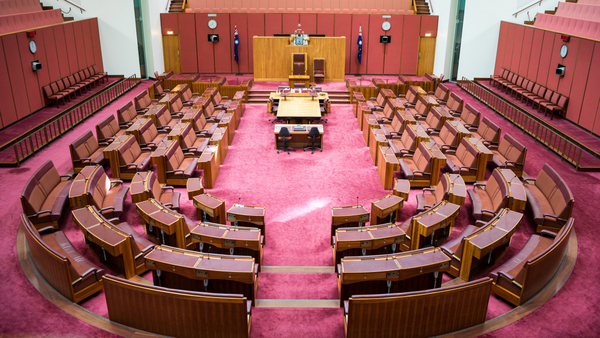Wow, something in the air is bringing about big energy compromises. Congress can’t agree on the color of money, but so far this year the ITC has been extended and now an actual bi-partisan energy bill has passed the Senate. Inherently, anything bipartisan these days has some serious concessions from both sides, so not all groups (especially environmental groups) are that happy, but from a solar industry perspective, this is another win.
The Energy Policy Modernization Act of 2016 is the culmination of more than a year of bipartisan efforts by Energy and Natural Resources Committee Chair Lisa Murkowski and Ranking Member Maria Cantwell. At its core is a recognition that the value proposition of renewable energy sources is no longer some niche, tree-hugging cause, but a legit, growing segment of energy generation with economics that make sense – and our country’s infrastructure and attitude toward these sources hasn’t kept up with those advancements. So, this bill is an attempt to bridge that gap.
Here is what Christopher Mansour, vice president of federal affairs for the Solar Energy Industries Association (SEIA), had to say:
“The Senate has taken a strong step in the right direction by passing the Energy Policy Modernization Act. This legislation contains several notable wins for solar energy. Chief among them are the inclusion of solar heating and cooling as technologies that can meet the federal government’s renewable portfolio standard, language directing the Energy Department to identify appropriate costs and benefits for the valuation of distributed generation (DG) solar, provisions to improve permitting of solar power plants sited on federal lands, and directing the Energy Department to study avian populations and to establish baseline scientific information. We look forward to working with House and Senate leaders to ensure that any final measure sent to the President has strong pro-solar policies and leaves out any provisions harmful to our industry.”
RELATED: How a plan comes together: Behind the scenes of the ITC extension
The bill would promote renewable energy by requiring operators of electricity lines, transformers, and other elements of the electrical grid to upgrade the system, with a focus on large-scale storage systems for electricity to better accommodate the expanding production of wind and solar power. The bill would create and strengthen several programs devoted to improving energy efficiency in buildings. The bill, if it merges with House legislation and becomes law, would unleash billions in research and development on new energy technologies, including energy storage, hydrokinetic and marine energy and advancing the electric grid.
Julia Hamm, President and CEO of the Smart Electric Power Alliance (SEPA) has released the following statement on the passage of a bipartisan energy bill in the U.S. Senate:
“The Smart Electric Power Alliance supports the collaborative process behind the energy bill passed by the Senate, and the underlying effort by all sides to find points of agreement. The bill’s proposals on improving building energy efficiency and on funding for grid modernization and research on energy storage could spur new opportunities for collaboration and partnerships between utilities, the solar industry and other clean technology developers.”
— Solar Builder magazine
[source: http://solarbuildermag.com/news/solar-energy-bridges-partisan-divide/]


Leave a Reply
You must be logged in to post a comment.